Grant Proposal Samples
-
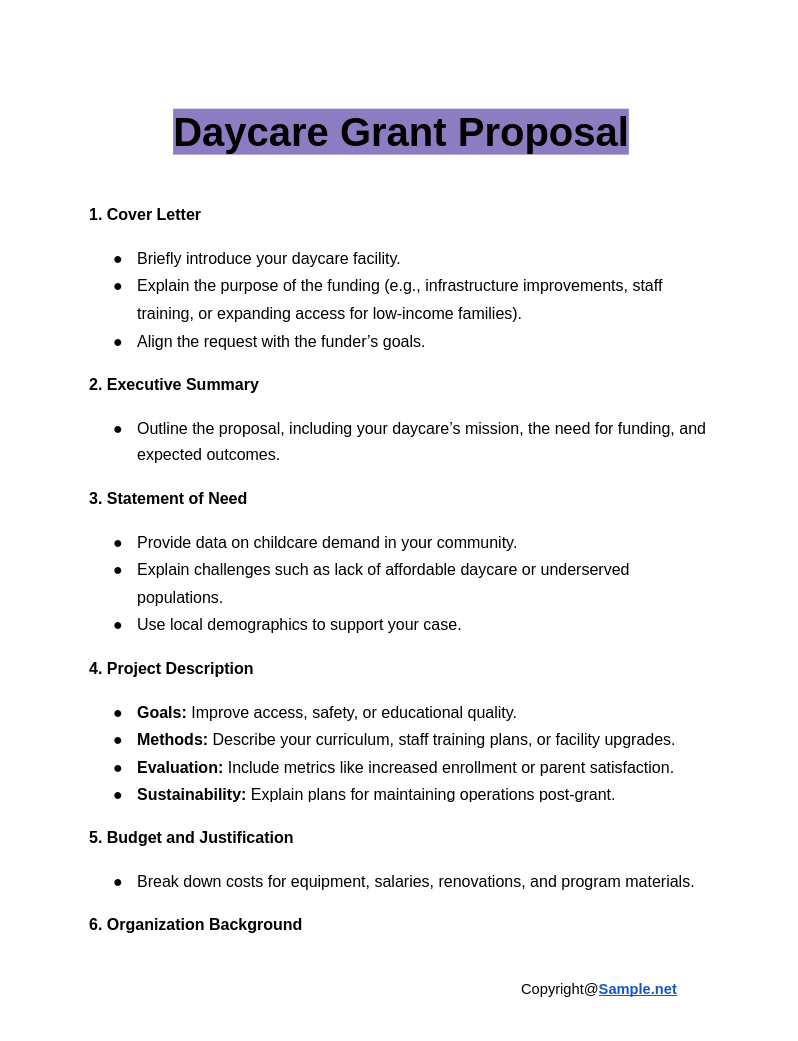
Daycare Grant Proposal
download now -
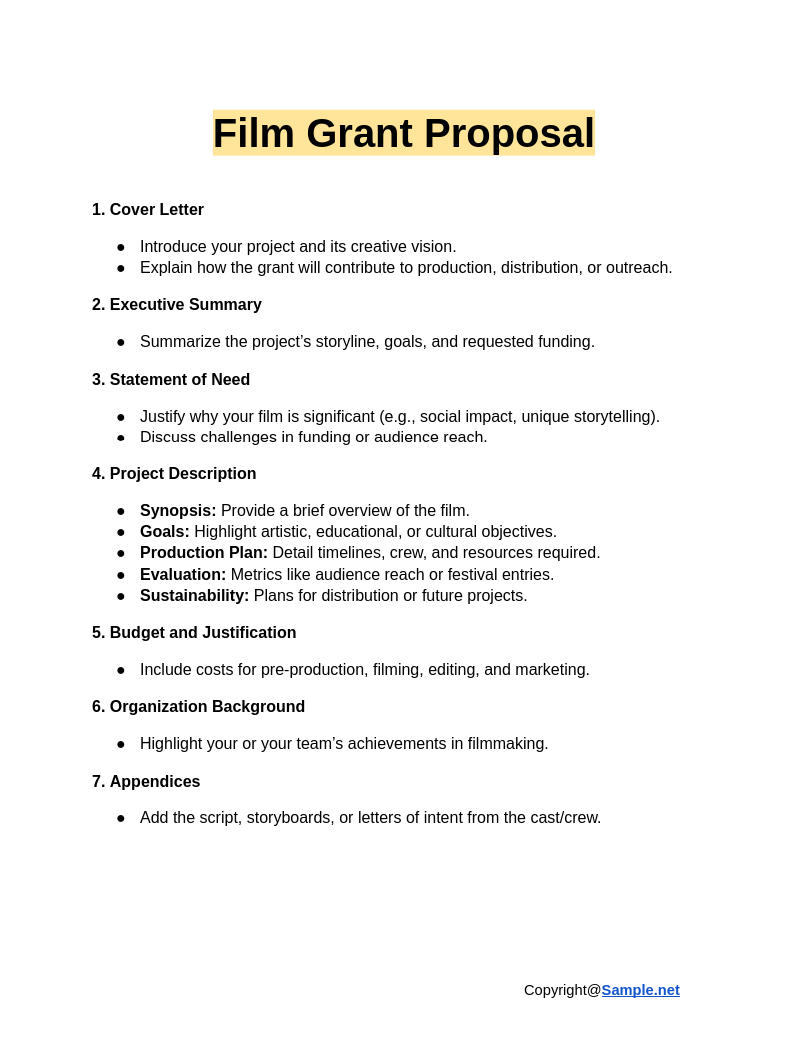
Film Grant Proposal
download now -
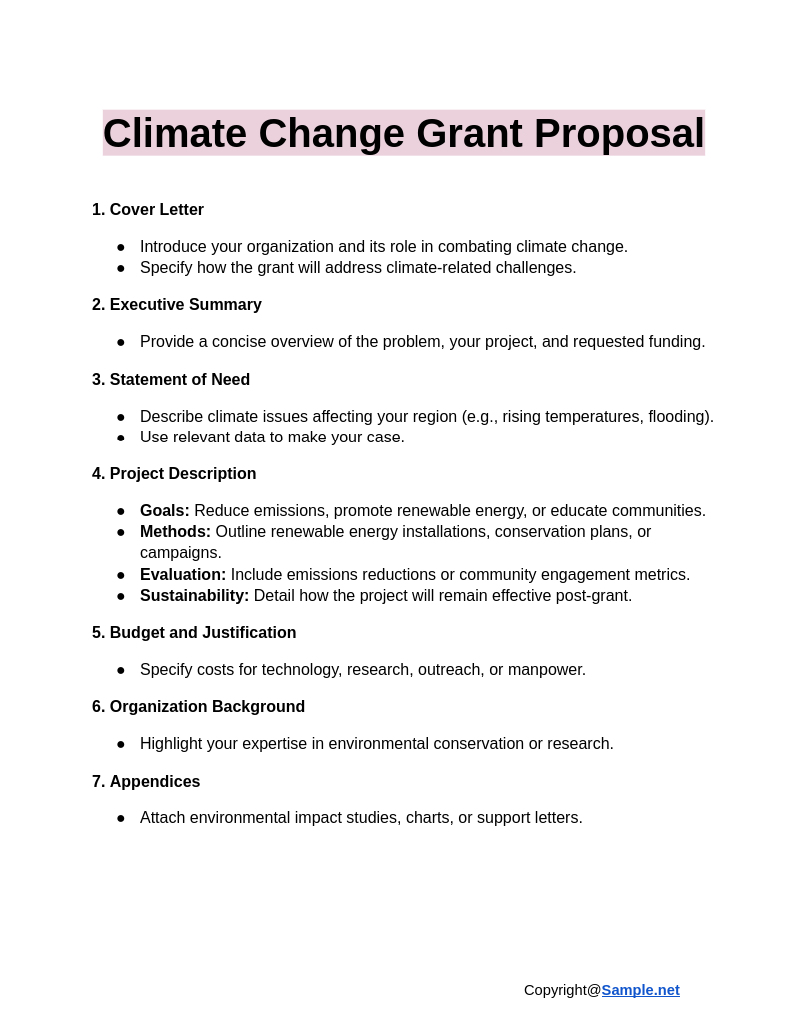
Climate Change Grant Proposal
download now -
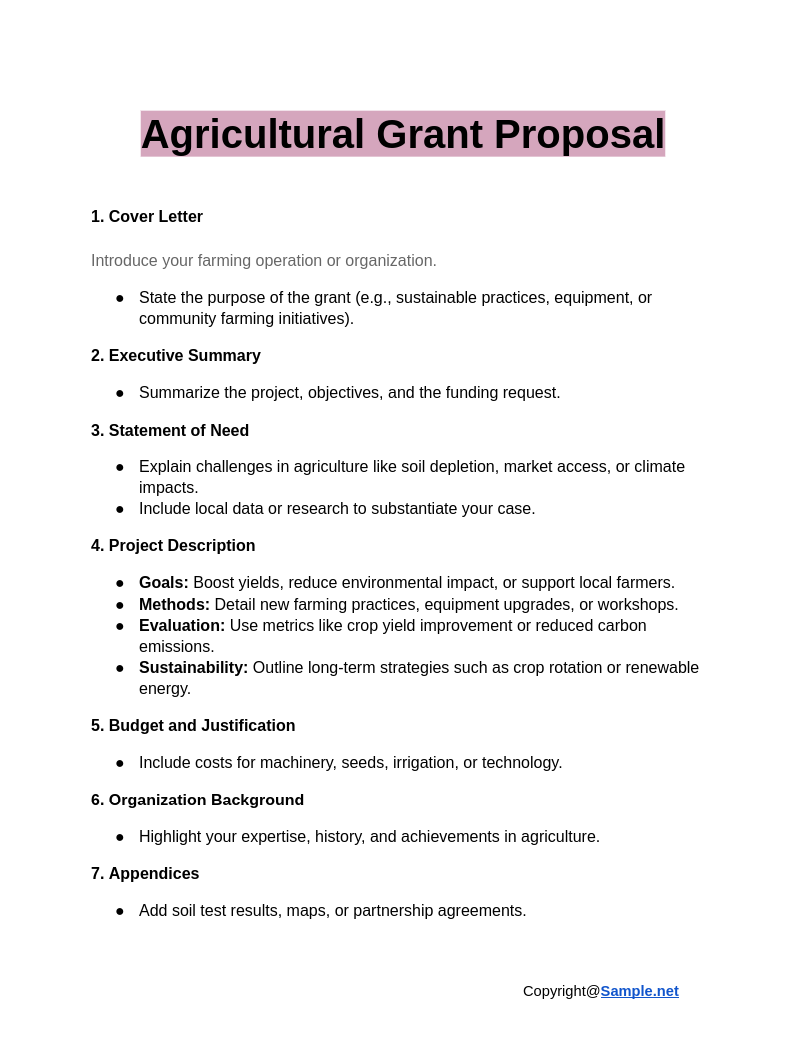
Agricultural Grant Proposal
download now -
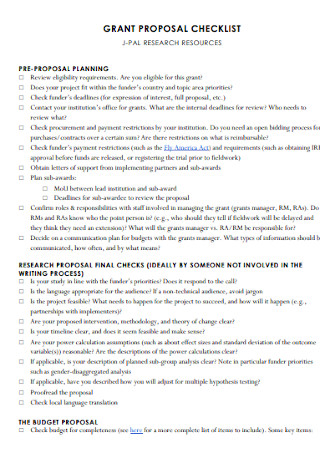
Grant Proposal Checklist Template
download now -
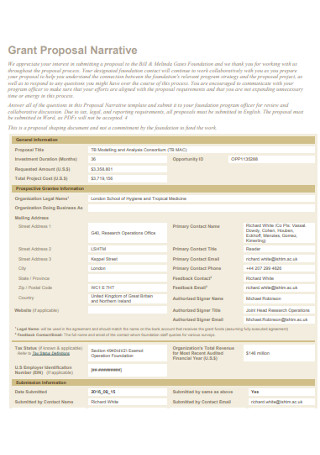
Grant Proposal Narrative Template
download now -
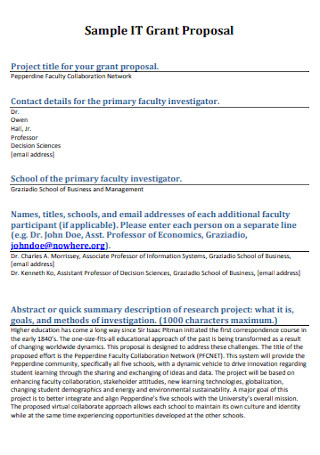
Sample IT Grant Proposal
download now -
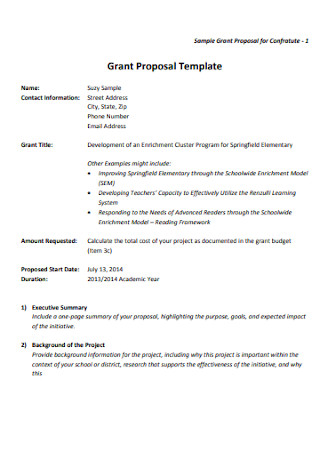
Sample Grant Proposal for Confratute
download now -
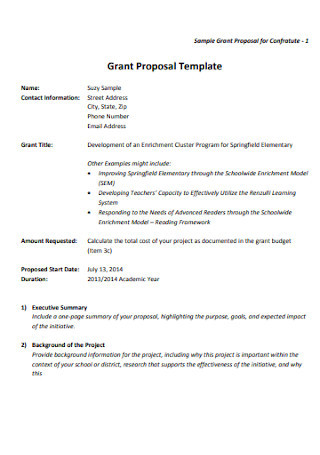
College Grant Proposal Template
download now -
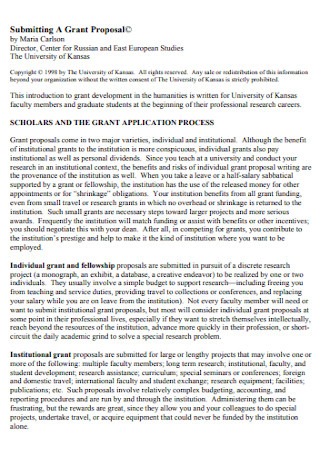
Submitting A Grant Proposal
download now -
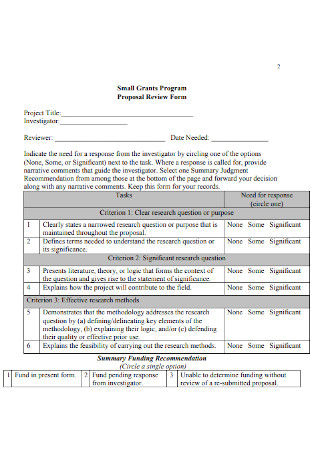
Small Grants Program Proposal
download now -
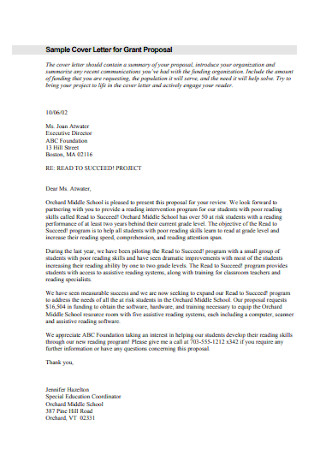
Sample Cover Letter for Grant Proposal
download now -
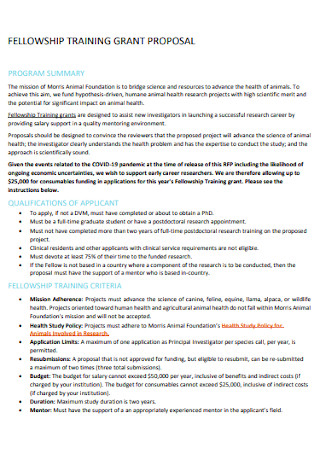
Fellowship Training Grant Proposal
download now -
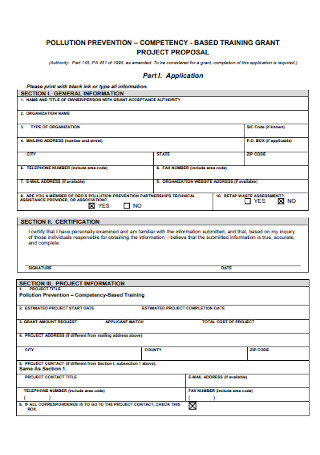
Training Grant Project Proposal
download now -
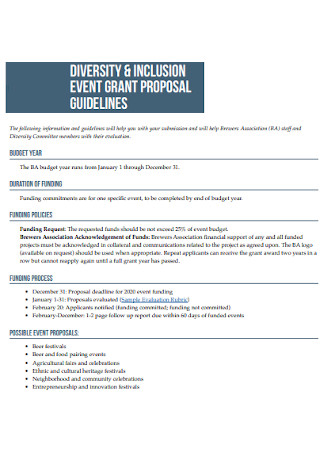
Event Grant Proposal Template
download now -
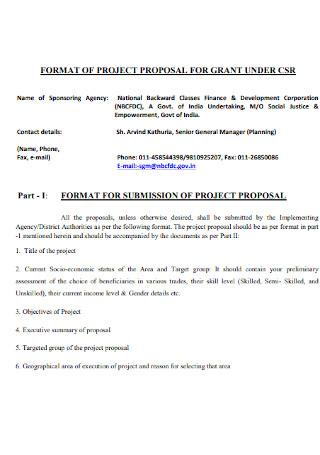
Grant Project Proposal Format
download now -
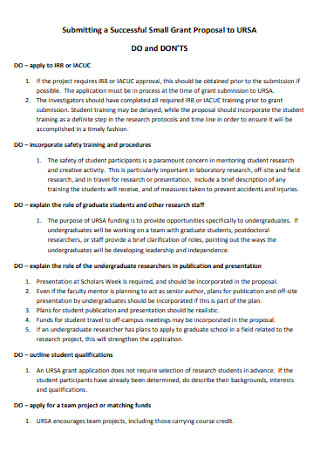
Small Grant Proposal Template
download now -
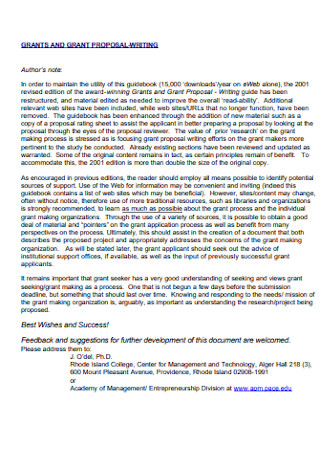
Simple Grant Proposal Template
download now -
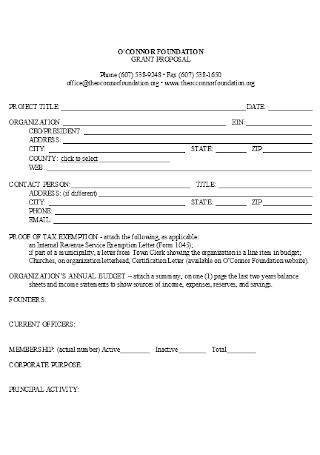
Foundation Grant Proposal Template
download now -
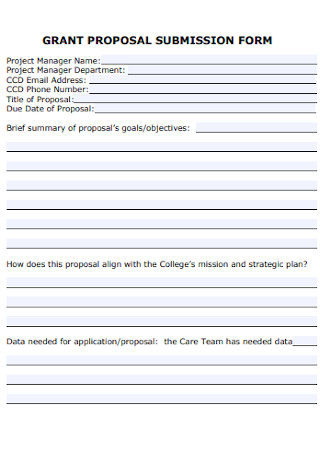
Grant Proposal Submission Form
download now -
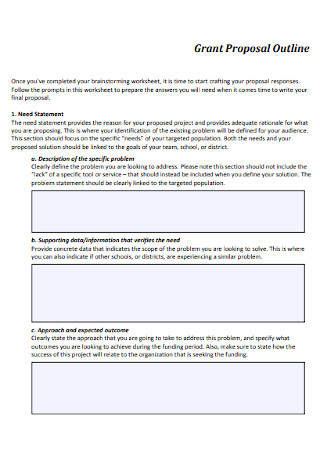
Grant Proposal Outline Template
download now -
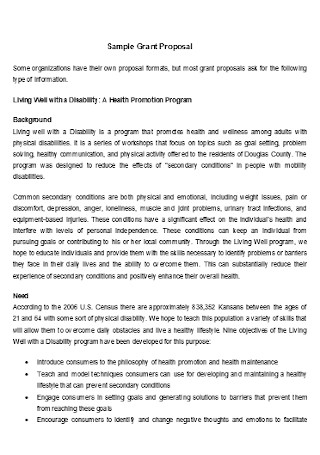
Sample Grant Proposal Template
download now -
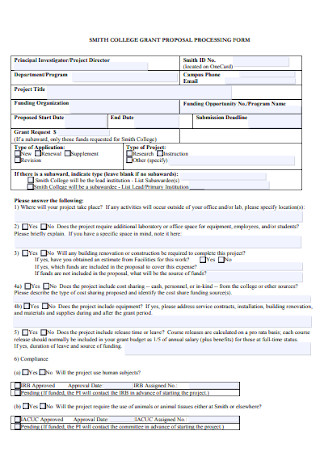
College Grant Proposal Processing Form
download now -
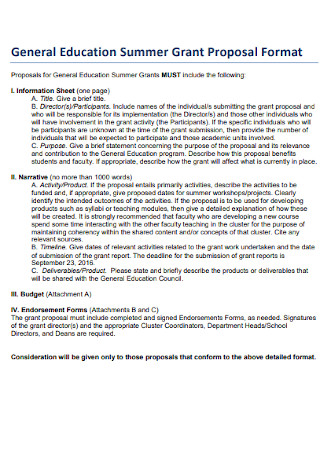
Education Grant Proposal Template
download now -
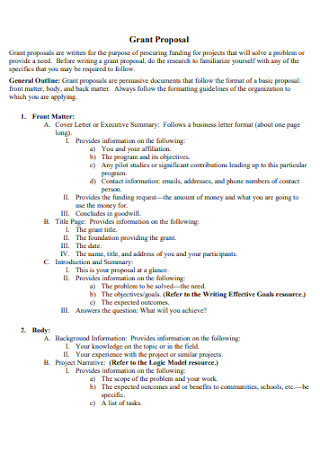
College of Business Grant Proposal
download now -
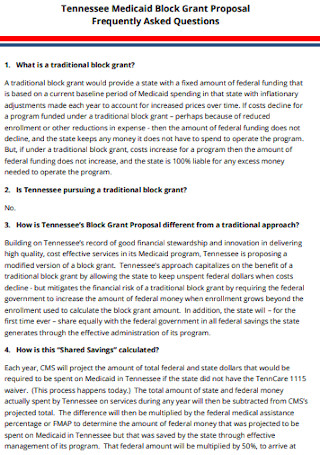
Standard Grant Proposal Template
download now -
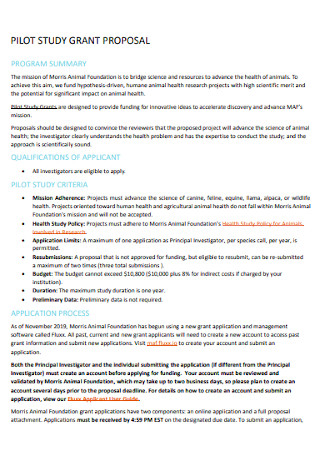
Pilot Study Grant Proposal
download now -
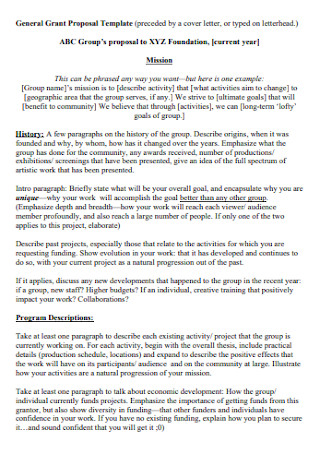
General Grant Proposal Template
download now -
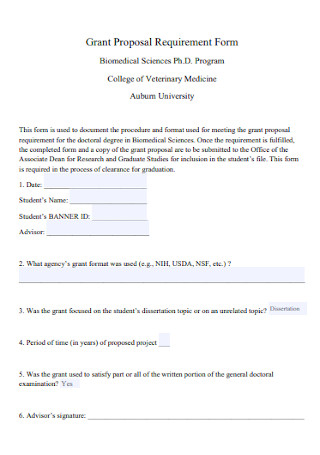
Grant Proposal Requirement Form
download now -
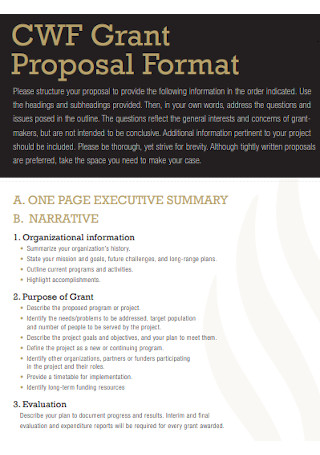
Grant Proposal Format Template
download now -
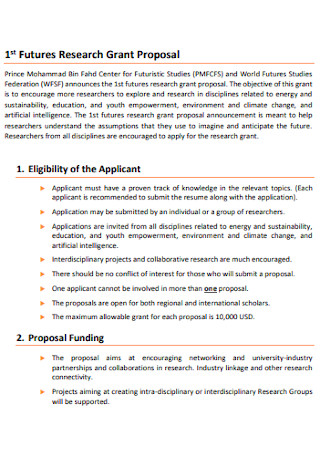
Sample Research Grant Proposal
download now -
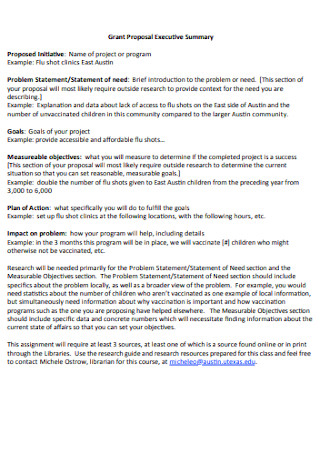
Grant Executive Proposal Template
download now -
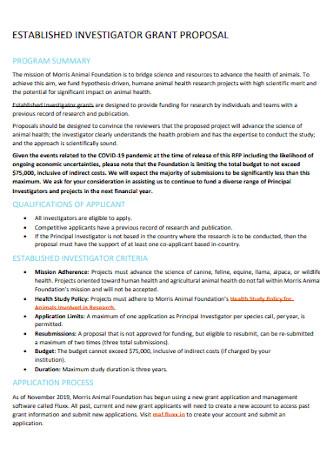
Investigator Grant Proposal
download now -
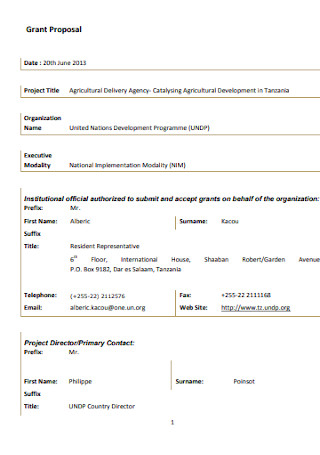
Basic Grant Proposal Template
download now -
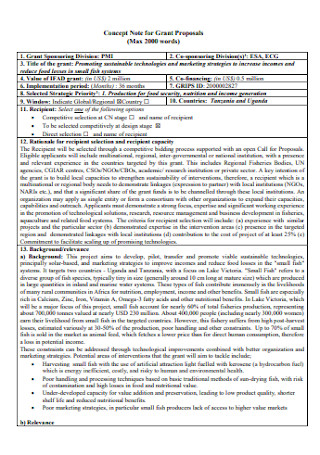
Note for Grant Proposals
download now -
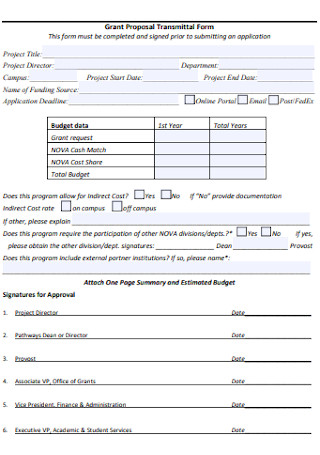
Grant Proposal Transmittal Form
download now -
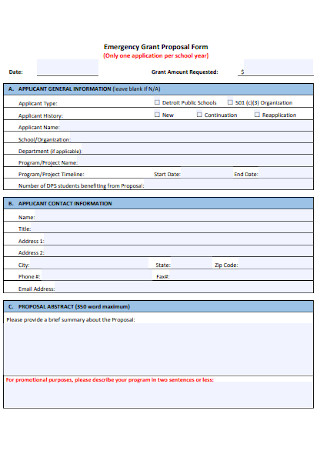
Emergency Grant Proposal Form
download now -
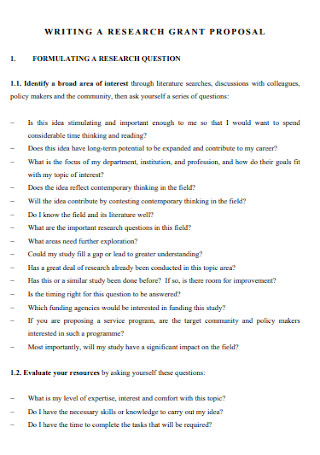
Sample Research Grant Proposal Template
download now -
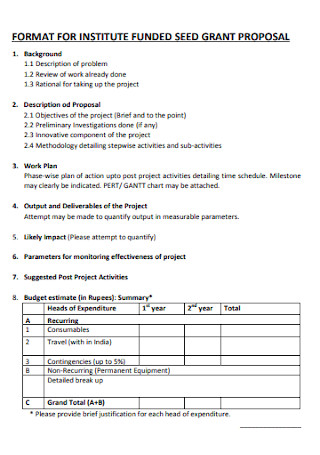
Institute Grand Proposal Template
download now -
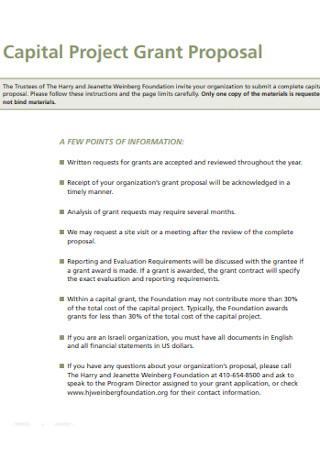
Capital Project Grant Proposal
download now -
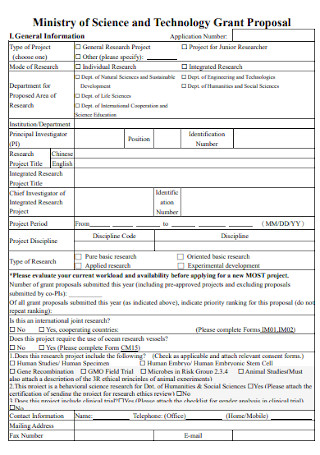
Science and Technology Grant Proposal
download now -
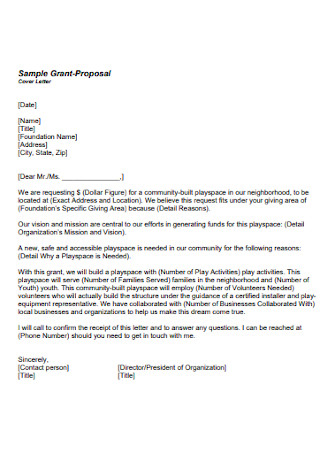
Grant Proposal Cover Letter
download now -
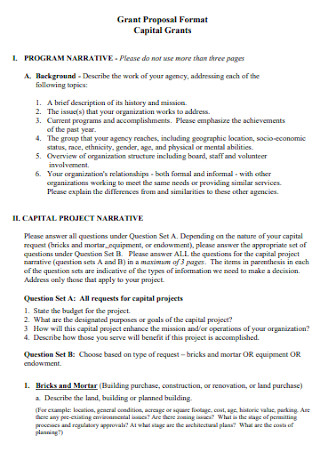
Grant Proposal for Capital Format
download now -
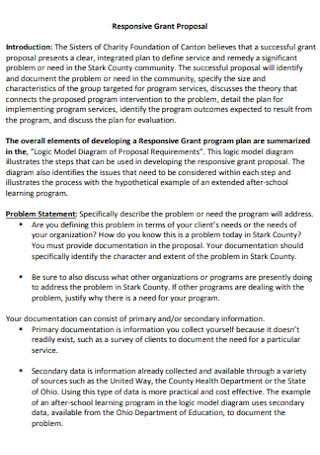
Responsive Grant Proposal Template
download now -
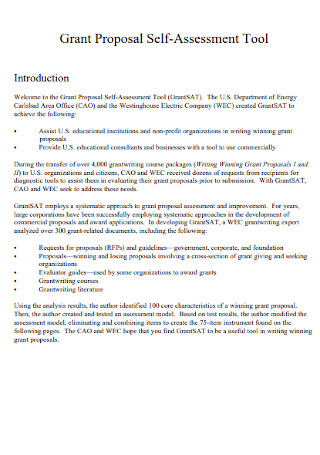
Grant Proposal Self-Assessment Template
download now -
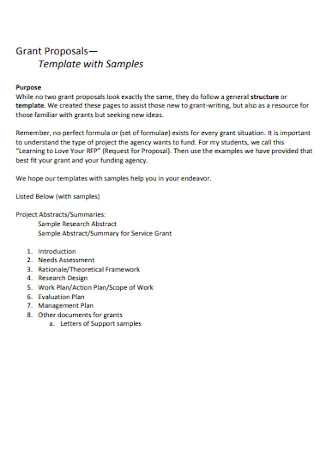
University Grant Proposals Template
download now -
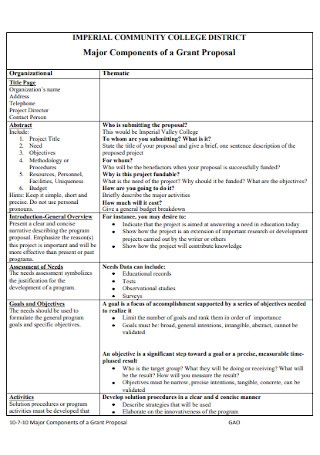
Major Components of a Grant Proposal
download now -
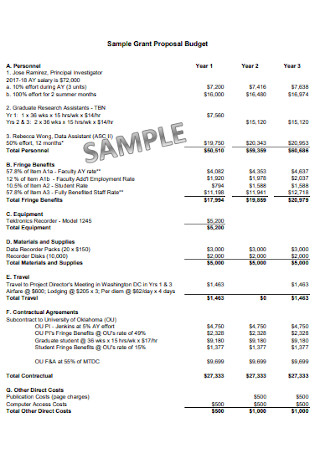
Sample Grant Proposal Budget
download now -
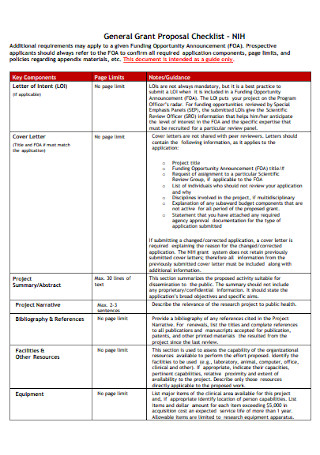
General Grant Proposal Checklist
download now -
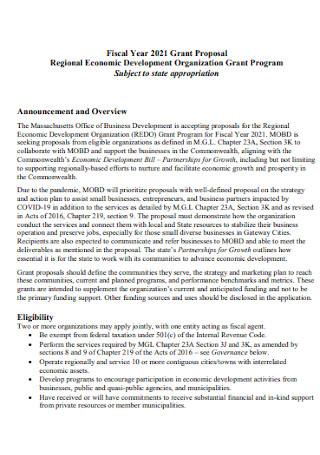
Organization Grant Program Proposal
download now -
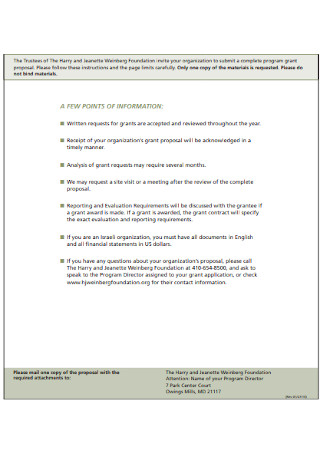
Program Grant Proposal Example
download now -
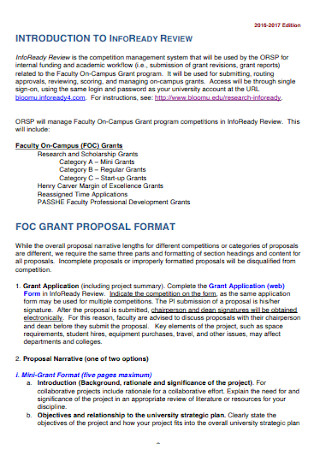
Internal Grant Proposal Template
download now -
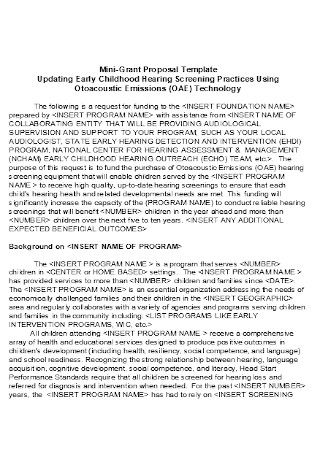
Basic Mini Grant Proposal Template
download now
FREE Grant Proposal s to Download
Grant Proposal Format
Grant Proposal Samples
What is a Grant Proposal?
The Main Parts of a Grant Proposal
How to Make a Grant Proposal
FAQs
Who is the target audience of a grant proposal?
What is another way to organize a grant proposal?
What is the difference between the grantor and the grantee?
How long does it take to write a grant proposal?
What are the key components of a successful grant proposal?
What common mistakes should be avoided in grant proposals?
How do I create a realistic budget for a grant proposal?
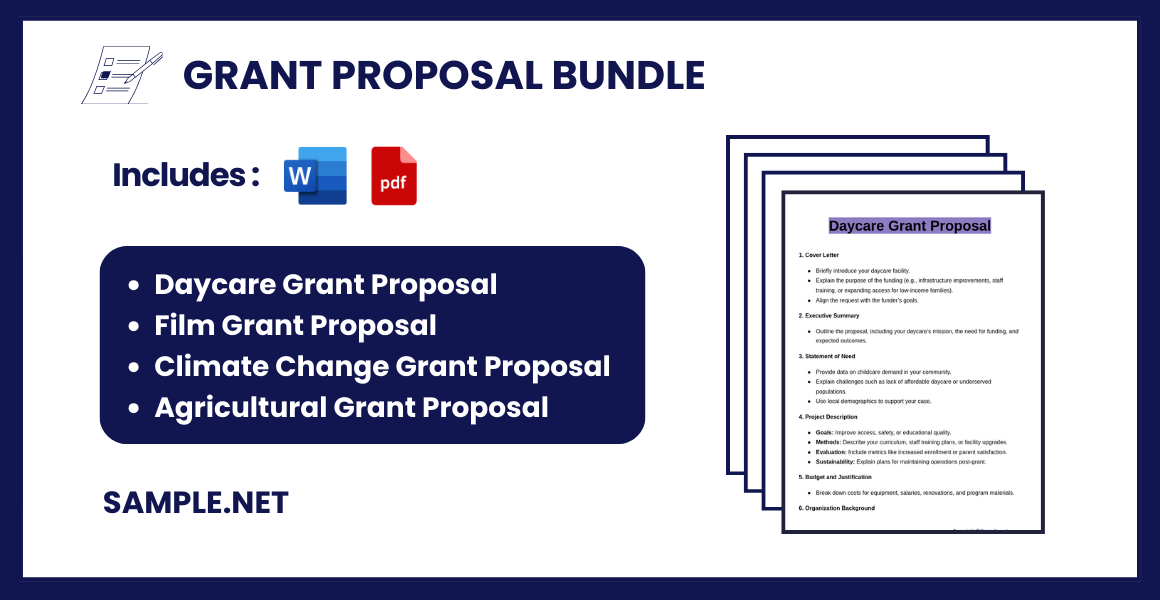
Download Grant Proposal Bundle
Grant Proposal Format
1. Cover Letter
- Briefly introduce your organization.
- State the purpose of the grant request.
- Highlight how your project aligns with the funder’s priorities.
- Include contact details and express gratitude for the opportunity.
2. Executive Summary
- Summarize the key points of the proposal.
- Include project goals, methods, expected outcomes, and the amount of funding requested.
- Keep it concise, typically no more than one page.
3. Statement of Need
- Describe the problem your project addresses.
- Provide data and evidence to support the need for your project.
- Explain why this issue is significant and how your project fills a gap.
4. Project Description
a. Goals and Objectives
- State the overarching goals.
- Outline specific, measurable objectives.
b. Methods/Approach
- Explain the strategies and steps to achieve the objectives.
- Include a timeline and key milestones.
c. Evaluation Plan
- Describe how you will measure the success of your project.
- Detail the metrics, tools, and methodologies for evaluation.
d. Sustainability
- Discuss how the project will continue after the grant funding ends.
5. Budget and Budget Justification
- Provide a detailed budget table.
- Include categories such as personnel, materials, equipment, travel, and indirect costs.
- Offer a narrative explaining each line item.
6. Organization Background
- Share the history, mission, and accomplishments of your organization.
- Highlight your expertise and capacity to execute the project successfully.
7. Appendices (if applicable)
- Letters of support or commitment from partners.
- Resumes of key personnel.
- Additional data or documents that strengthen your proposal.
8. Conclusion
- Restate your request and its alignment with the funder’s mission.
- Express enthusiasm for the potential partnership.
What is a Grant Proposal?
A grant proposal is a written request submitted to a funding organization, detailing a project or initiative and justifying why financial support is necessary. It typically includes an introduction, objectives, methods, anticipated outcomes, and a budget. The proposal aims to convince the grantor that the project aligns with their goals and will deliver meaningful results. Successful proposals are concise, well-organized, and tailored to the specific priorities of the funding body. You can also see more on Travel Grant Proposal.
The Main Parts of a Grant Proposal
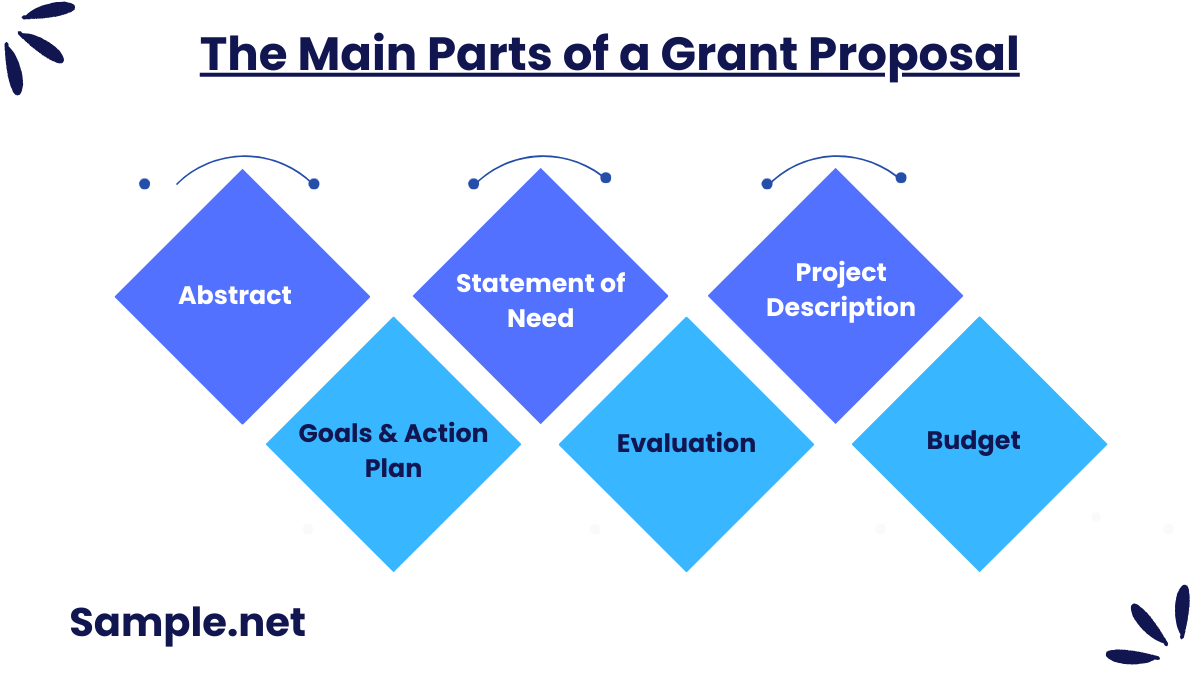
It is said that there are seven main parts of a grant proposal. And they all complete a grant proposal. Hence, ensure that your planned proposal also contains such parts to be accepted by grantmakers. So without further ado, here are the essential elements to cover in your proposal:
How to Make a Grant Proposal
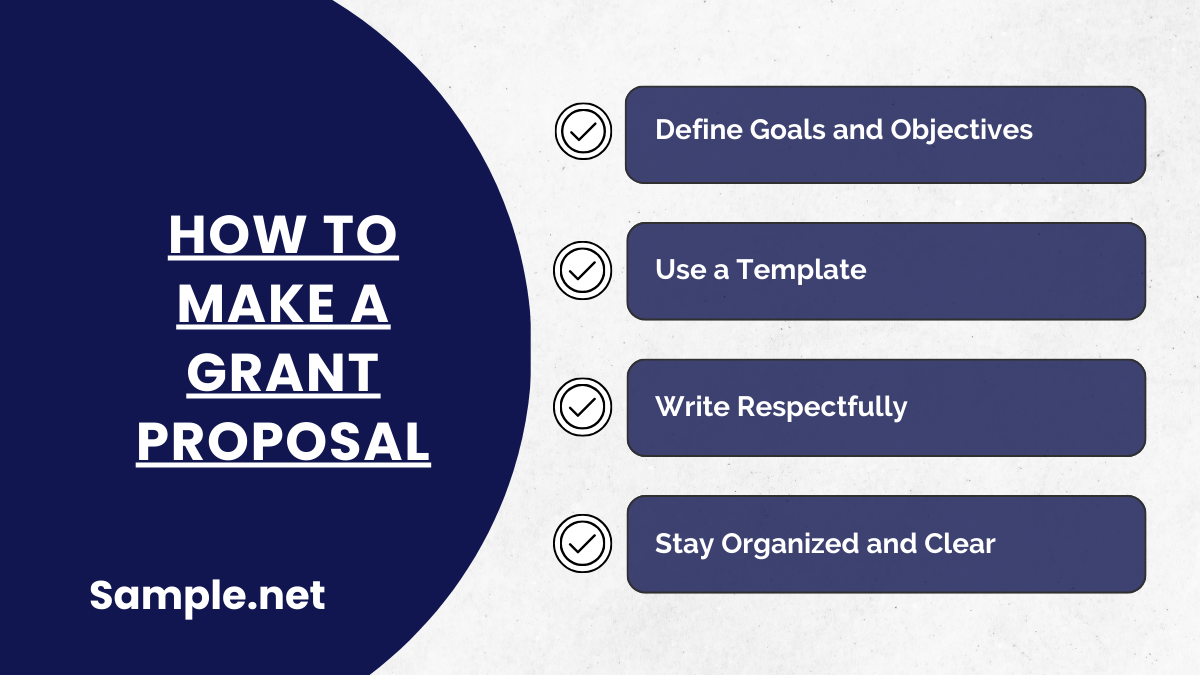
Now that you already know what a grant proposal means and what its elements contain, you are a step closer to mastering grant writing. So take a step further by actually creating your own grant proposal. And you can do so by following these four simple steps:
Step 1: Assess Your Goals and Objectives
First things first, set your purpose, goal statement, and objectives. Not having enough background and reason for you to be funded leads to automatic rejection from grantmakers. So are you asking for a grant for research, non-profit work, or any other project? Note it down. Consider this first step as your review on why you are making a grant proposal so you will know what to write later on.
Step 2: Pick a Template and Insert the Elements
There’s no need to begin from scratch when there are already sample grant proposals listed above. You are free to edit, print, and download each sample anytime. And don’t forget to complete the standard elements of a grant proposal from the abstract down to the budget to complete your proposal. At least sample templates guide you on what details to add to the proposal conveniently.
Step 3: Write Cordially
Just like writing any formal letter, you should be cordial. You are requesting to be funded so being mean and arrogant would hardly impress grantmakers. So right from the cover page, you deliver the goals and purpose. But, learn to say please and ask kindly without forcing your audience. A grant proposal also paves the way to a mutual relationship between grantmakers and recipients. So a respectful proposal is standard.
Step 4: Be Organized and Comprehensive
Try organizing your whole content to ensure you end up making a comprehensive proposal in the end. You can switch the format, implement a better design, and add graphical data rather than adding lots of flowery words and technical terms. Be sure to only submit your proposal when you are confident that everything written in the grant proposal is detailed and correct.
FAQs
Who is the target audience of a grant proposal?
Your target audience is the grantmaker. It can be any individual or agency that offers a grant who reads your proposal. And expect to be accepted when your goals, values, objectives, and ideas meet along with your chosen agency. You can also see more on Non-Profit Grant Proposal.
What is another way to organize a grant proposal?
Besides the elements and steps discussed earlier, you can also follow this effective example:
- Title page
- Abstract
- Introduction
- Literary review
- Project narrative
- Personnel
- Budget
What is the difference between the grantor and the grantee?
The grantor is the individual or agency that offers a grant. Meanwhile, the receiver is called the grantee. And these two form an agreement which should be discussed in the grant proposal.
How long does it take to write a grant proposal?
The time required varies, but writing a detailed, polished grant proposal often takes weeks to months, depending on complexity and requirements. You can also see more on Agency Funding Proposal.
What are the key components of a successful grant proposal?
A successful grant proposal includes an executive summary, project description, objectives, methodology, budget, and timeline. Each section should align with the funder’s goals, providing clear, concise, and compelling information to justify the project.
What common mistakes should be avoided in grant proposals?
Avoid vague objectives, missing deadlines, unclear budgets, and failure to follow application guidelines. Tailor each proposal to the specific funding organization to demonstrate alignment with their mission.
How do I create a realistic budget for a grant proposal?
Break down the project into key expenses, such as personnel, equipment, travel, and supplies. Ensure each cost is justified and aligns with the funder’s allowable expenses. Transparency and accuracy are essential. You can also see more on Education Grant Proposal.
